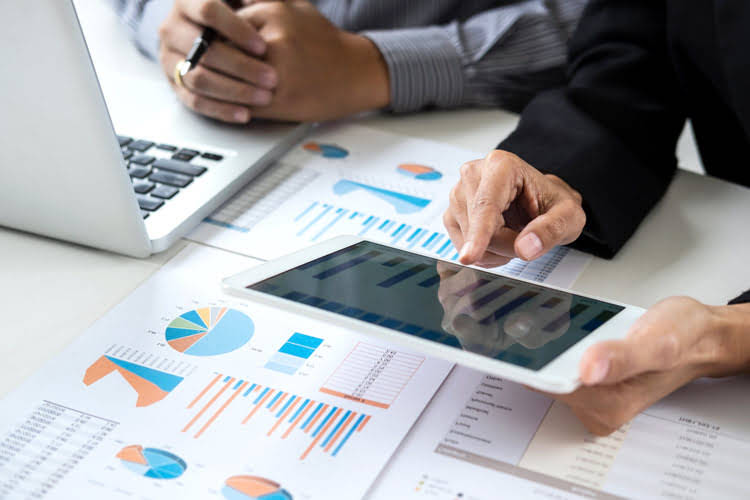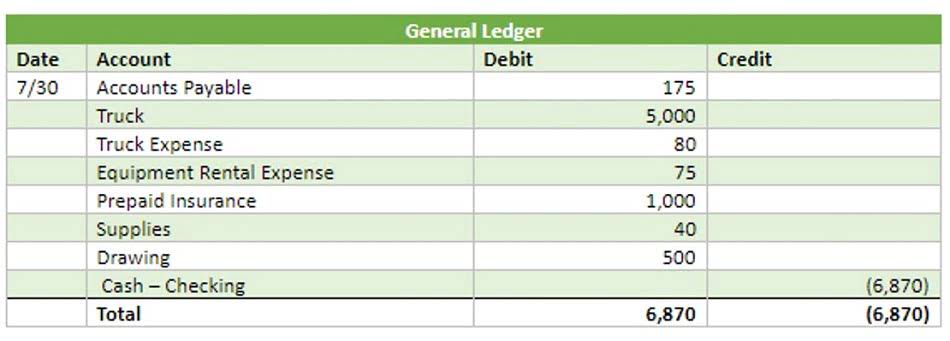
Investing in a robust accounting system can help expansion businesses manage their finances more effectively. A coffee shop’s budget needs to be managed strategically through financial management and meticulous planning. Adopting sound financial processes can have a big law firm chart of accounts impact on a coffee shop’s bottom line, which is vital to its success.
Tips for Managing Fertilizer and Soil Amendment Costs
- By offering incentives and rewards to regular customers, coffee shops can encourage repeat business and foster a sense of community and engagement with their brand.
- Our editorial will explore the best ways to reduce coffee shop monthly expenses, providing practical insights and actionable tips to help coffee shop owners maximize their profitability.
- A well-balanced labor budget can lead to significant savings and increased profitability in the long run.
- The cost of goods sold (COGS) can range from 25-35% of revenue, translating to approximately $10,000 to $50,000 annually, depending on sales volume.
- The cumulative effect of these fees can heavily impact your coffee shop budget breakdown.
- Another important consideration is the time and labor required to manage and administer the loyalty program.
- For instance, the average rent for a coffee shop in a downtown area can range from $3,000 to $10,000 per month, while locations in suburban areas may see costs as low as $1,500 to $4,000.
In this guide, we’ll walk you through the steps of creating a budget for your coffee shop business. Losing staff a lot of times has a negative ROI for coffee shops since the transitional period and the time taken to fill the vacant position can impact overall business performance and profitability. Our editorial will explore the best ways to reduce coffee shop monthly expenses, providing practical insights and actionable tips to help coffee shop owners maximize their profitability. Over the last 10+ years, we’ve helped thousands of aspiring coffee business owners worldwide.

Choose the Right Expense Automation Software
Factors such coffee shop accounting as serving items that may cause allergic reactions could necessitate additional liability coverage, thereby increasing costs. Thus, how much to operate a coffee shop should always include detailed considerations of these essential expenses. Furthermore, as part of financial management for Brew & Munch, regular reviews of packaging expenses for food businesses can help in identifying areas for potential savings. This includes exploring alternative materials or suppliers that may offer more competitive pricing without sacrificing quality. To ensure your financial success, you’ll need to monitor your budget regularly and make adjustments as needed. This means tracking your actual revenue and expenses, comparing them to your projections, and making changes to your budget as necessary.

Insurance Premiums
- Licenses required for coffee shops can include health permits, business licenses, and food handling permits.
- In the realm of running a specialty coffee tea shop like Brew & Infuse, understanding your fixed expenses is crucial for effective financial planning.
- Ensuring effective coffee shop financial management will aid in maintaining a balanced budget while allowing for growth and adaptation in operational strategies.
- Understanding the operational expenses for Brew & Munch will not only aid in budgeting but also in ensuring legal compliance.
- Average monthly utilities for a coffeehouse can be around $500 to $1,500, depending on factors such as size and hours of operation.
- On average, the cost of running a coffeehouse can range from $200,000 to $500,000 annually, depending on several factors including location, size, and business model.
- For The Daily Brew & Dough, strategically managing utilities expenses can not only enhance the customer experience but also improve the coffee shop’s profit margins significantly.
It’s important to understand how these costs can become some of the largest expenses in a coffee shop, especially for new businesses looking to build brand recognition. In fact, a study revealed that coffee shops allocating 10% of their revenue to marketing experienced higher growth rates than those who did not. It is essential for coffeehouse businesses assets = liabilities + equity to maintain a balanced approach to staffing.
Which Running Costs Of The Literary Brew Are Fixed Expenses, And Why?

Moreover, it is crucial to assess the condition of the space before finalizing a lease. A thorough inspection can help identify any potential maintenance or renovation costs that may impact the overall budget. Considering these factors beforehand allows for better financial planning and prevents unexpected expenses from disrupting operations. On average, a coffeehouse can expect to allocate approximately 10-15% of its annual revenue towards maintenance and repair of equipment. This translates to an estimated yearly expenditure of $5,000 to $15,000 for a mid-sized coffee shop, depending on the scale of operations and the condition of the equipment.
